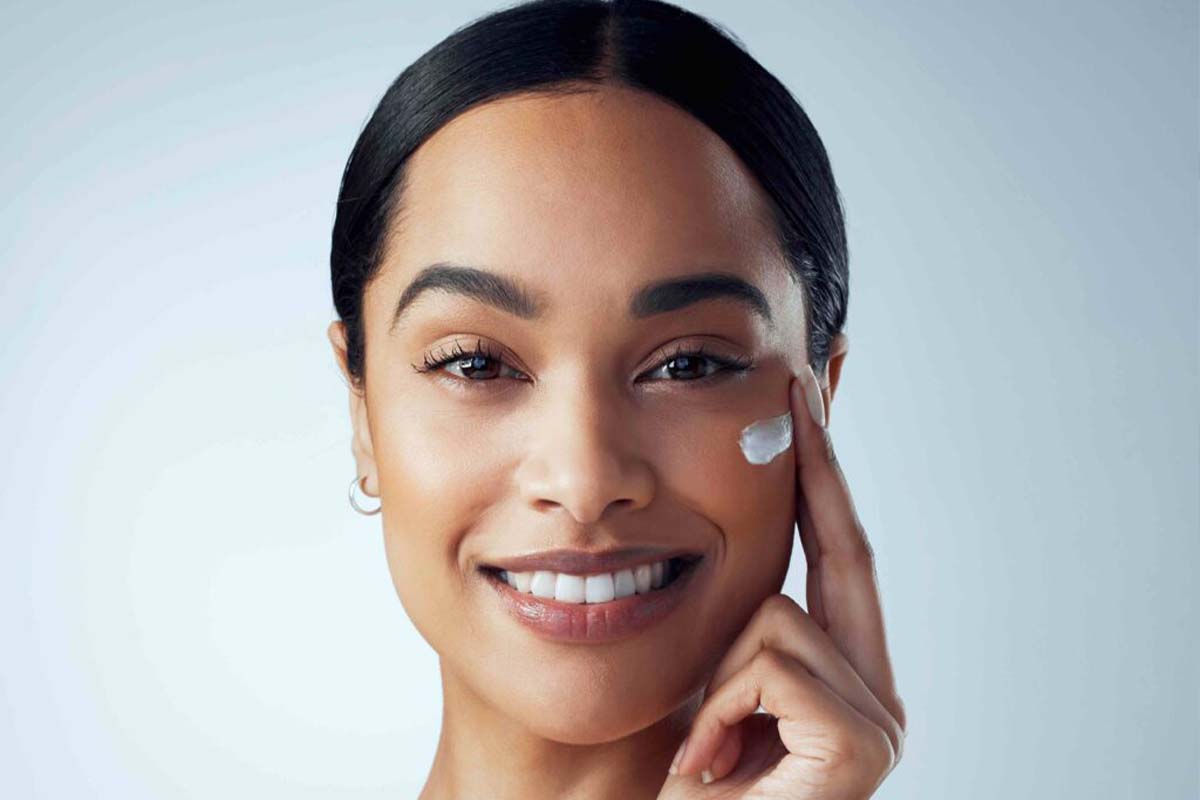Climate change is reshaping not just ecosystems, but epidermises. Increased UV radiation, urban pollution, prolonged humidity, and sudden cold spells are wreaking havoc on our skin—and our products may be underperforming as a result. It’s time to take a climate-savvy approach to skincare—because glowing skin should never go out of season.
How Heat Impacts Your Skin
Heat increases skin temperature, accelerates water loss, and triggers excess sebum (oil) production. In tropical or desert climates, this often leads to breakouts, clogged pores, and dehydrated yet oily skin.
What to do:
-
Switch to lightweight gel moisturizers with humectants like glycerin or hyaluronic acid.
-
Avoid heavy makeup and thick occlusives that trap sweat and bacteria.
-
Use mineral-based sunscreen (SPF 30+) to prevent UV damage and acne aggravation.
Extra tip: Use blotting papers or mattifying powders—not alcohol-based toners, which strip natural oils and irritate skin.
Humidity and Your Skin Barrier
Humidity seems like a hydrating gift—but excess moisture can overwhelm skin, soften its natural barrier, and invite fungal acne.
What to do:
-
Cleanse twice a day with a gentle, pH-balanced cleanser to keep your pores clear.
-
Opt for water-based or oil-free moisturizers.
-
Exfoliate once or twice a week with mild acids like lactic or salicylic acid to combat build-up.
Extra tip: Store your serums in the fridge to boost shelf-life and reduce post-use redness.
Cold Weather Skin Troubles
Cold, dry air and indoor heating rob your skin of moisture, often leading to flakiness, itchiness, and redness. Your lipid barrier weakens, making skin more prone to inflammation.
What to do:
-
Apply rich, emollient-based moisturizers or facial oils with squalane, ceramides, or shea butter.
-
Reduce hot showers—they strip natural oils.
-
Use hydrating masks weekly and consider a humidifier indoors.
Extra tip: Never skip sunscreen—even in cloudy or snowy weather. UV rays still penetrate.
Adapting Your Routine—Season by Season
Spring: Great time for gentle exfoliation and antioxidant serums like vitamin C. Summer: Emphasize lightweight hydration, SPF, and anti-pollution ingredients like niacinamide. Fall: Rebuild the barrier with lipid-rich moisturizers. Consider retinol for renewal. Winter: Embrace layering—use essence, serum, and a cream or balm. Apply products on damp skin to seal in moisture.
Eco-conscious and Climate-Aware Products
As climate changes, our product choices should too. Choose:
-
Biodegradable packaging
-
Reef-safe sunscreens
-
Plant-based actives
-
Brands that prioritize sustainable sourcing
Being kind to the planet can also mean being kind to your skin.
Skin Types vs. Climate Stressors
Each skin type reacts differently:
-
Oily Skin: May worsen in heat but stabilize in cooler months.
-
Dry Skin: Struggles during cold seasons; needs year-round barrier support.
-
Combination Skin: Needs flexible routines—adjust serums and moisturizers seasonally.
-
Sensitive Skin: Reacts to abrupt climate shifts and pollution; avoid alcohol, fragrance, and strong acids.
Pro tip: Introduce new products slowly, especially when changing climates.
Climate, Stress, and Skin Immunity
Climate isn’t just physical—it affects your lifestyle, habits, and stress levels. And stress can lead to flare-ups like eczema, rosacea, or acne.
-
Prioritize sleep and hydration.
-
Practice barrier-building habits, not trend-chasing ones.
-
Use adaptogens (e.g., reishi mushroom, ashwagandha) in skincare or supplements for skin resilience.
Conclusion – Be Climate Conscious, Not Climate Anxious
Your skin is smarter than you think—it adapts, protects, and heals. But it deserves backup. In a changing climate, the best skincare routine is one that listens to your skin’s signals and respects the planet. Stay flexible, stay hydrated, and stay glowing—no matter the weather.


